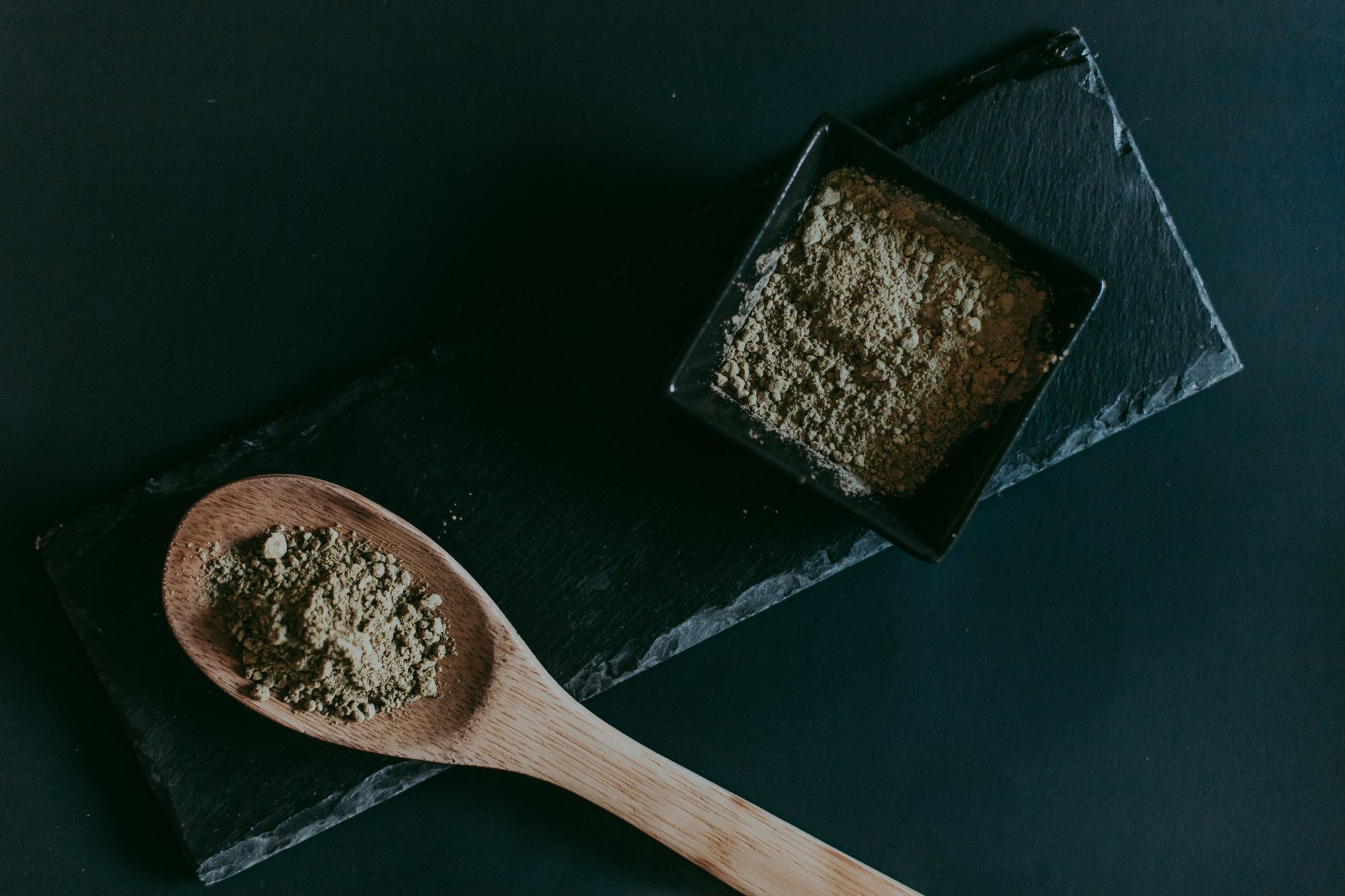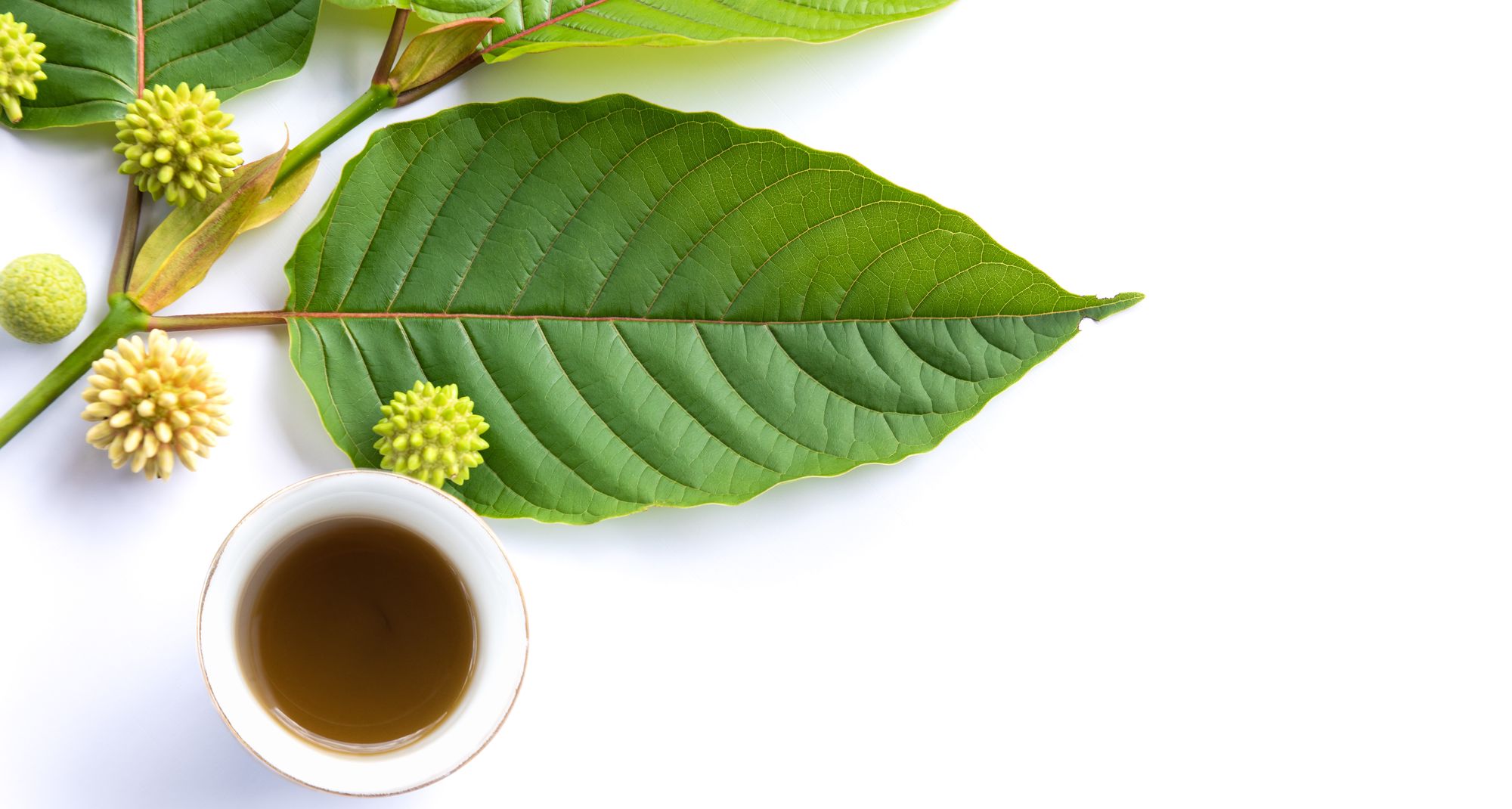Psychedelic Tropical Plant: 4 Myths About Kratom, Debunked
Kratom is an interesting yet controversial substance. Is it just an addictive drug or is it a miracle supplement? Read to find out!

By: Ritika Puri
Kratom: a controversial yet popular plant known for its use as a tea with labourers in Southeast Asia but for its dangerous effects as a recreational drug in the West. A quick google search of kratom will leave you a bit confused. Kratom is as mysterious as it is intriguing and there is so much we have to learn about it. Today we are going to dispel 4 popular myths about it.
#1 Kratom has No Benefits
Although not been much research has been conducted on kratom there are potential benefits to the substance. One study suggests that it has the potential to be used as a treatment for opioid withdrawal.1 In fact, it has been used to treat morphine dependence and other medical conditions in Southeast Asia, where it originates in the past.2 The most traditional use of kratom is as a tea; manual labourers in Southeast Asia have used it to combat tiredness and improve work productivity forever.2 While there is a powerful tradition for kratom use, especially in socio-religious ceremonies, there has been limited research about the potential powerful benefits of the plant.2

#2 Kratom is Completely Safe
The debate on kratom is ongoing, with some professionals saying that it is “unsafe and ineffective”3 while others scientists think there are both benefits and risks. While it does come from a tropical tree, making it ‘natural,’ it isn’t without its risks. Health effects associated with kratom include nausea, itching, sweating, dry mouth, constipation, increased urination, loss of appetite, seizures, and hallucinations.4 And though there is a low risk of it, some people are treated for kratom addiction.5 There is no clear consensus, yet, about all the negative impacts of kratom.
#3 Kratom is the Same in the West and Southeast
Scientists believe that there is a clear difference between the chemical makeup of traditional kratom that is served as tea in Thailand and Malaysia and the dried kratom leaf products that are sold commercially in the US.5 7-hydroxymitragynine is a chemical part of kratom and largely considered a more dangerous component of the drug; it was almost banned in 2016 in the US. Surprisingly, however, in traditionally brewed kratom tea, 7-hydroxymitragynine cannot be detected.5 There seems to be a clear difference in the way kratom is consumed as US users are more likely to find it easily online as a pill or capsule.4 More research is needed to fully understand how the different preparations of kratom affect its composition.

#4 Kratom Works like other Drugs
Kratom is a unique drug because it has a very complex chemistry. The effect that it has on the user depends on the amount that is consumed and how it is consumed. Small doses of the drug resemble stimulant effects that you could get with cocaine and amphetamines.2 But, a large dosage would resemble narcotic effects, the kind that you might get from ingesting opioids.2 Because the drug differs based on usage it is both dangerous and mysterious; if it is paired with other drugs, it could be potentially fatal and even in its own form, scientists are still trying to understand it’s complicated makeup.
Kratom is a divisive topic, even though, if you are like me, you might've never heard about it before now. The above myths are dangerous because they are trying to put a label around this unknown plant. It is complex and nuanced and definitely requires more research because it could be a force for great benefit or for great harm. Consider contributing your time to help scientists learn more about this interesting plant by checking out the study below!
References
- Wilson LL, Harris HM, Eans SO, et al. Lyophilized Kratom Tea as a Therapeutic Option for Opioid Dependence. Drug Alcohol Depend. 2020;216:108310. doi:10.1016/j.drugalcdep.2020.108310
- Cinosi E, Martinotti G, Simonato P, et al. Following “the Roots” of Kratom (Mitragyna speciosa): The Evolution of an Enhancer from a Traditional Use to Increase Work and Productivity in Southeast Asia to a Recreational Psychoactive Drug in Western Countries. BioMed Res Int. 2015;2015:968786. doi:10.1155/2015/968786
- Kratom: Unsafe and ineffective. Mayo Clinic. Accessed May 31, 2021. https://www.mayoclinic.org/healthy-lifestyle/consumer-health/in-depth/kratom/art-20402171
- Abuse NI on D. Kratom DrugFacts. National Institute on Drug Abuse. Published April 8, 2019. Accessed May 31, 2021. https://www.drugabuse.gov/publications/drugfacts/kratom
- McCurdy CR. Kratom: What science is discovering about the risks and benefits of a controversial herb. The Conversation. Accessed May 31, 2021. http://theconversation.com/kratom-what-science-is-discovering-about-the-risks-and-benefits-of-a-controversial-herb-152677
Honeybee
Connects the community with research. Honeybee is a web and mobile app to participate in research, discover yourself, and earn cash and rewards.

